On Thursday night (January 11), while darkness was still falling, US and British forces launched missiles and bombs from both sea and air, successfully attacking Houthi forces in Yemen.
US President Joe Biden said the strikes were in direct response to unprecedented attacks on vessels in the Red Sea – including the first use of anti-ship ballistic missiles.
Below are the weapons and military equipment used by the US and UK in the attack:
Tomahawk missile
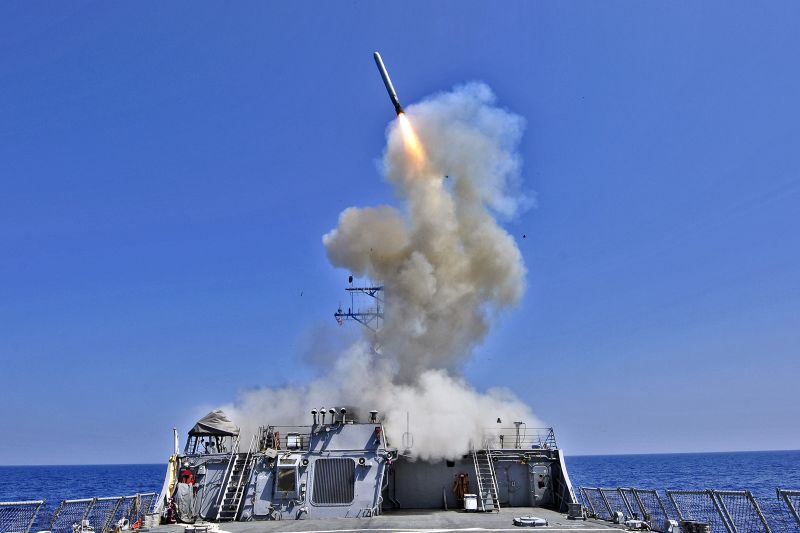
Guided-missile destroyer USS Barry launches a Tomahawk cruise missile. Photo: US Navy
The US Navy's Tomahawk Land Attack Missile (TLAM) is a low-flying cruise missile capable of delivering a 1,000-pound conventional warhead hundreds of kilometers into land.
According to the US Navy, Tomahawks are launched from surface ships or submarines and are capable of flying at subsonic speeds, defeating air defense systems. Tomahawks are highly accurate and are guided by GPS, so they can change targets or routes after launch as needed.
According to the US Navy, the Tomahawk missile is capable of moving over the target area to respond to newly appearing targets or with the on-board camera, providing battle damage information to combat commanders.
The Tomahawk missile was first used by the United States in 1991 during Operation Desert Storm against Saddam Hussein's regime in Iraq. Since then, the Tomahawk missile has been used in a number of other conflicts.
Guided missile submarine USS Florida
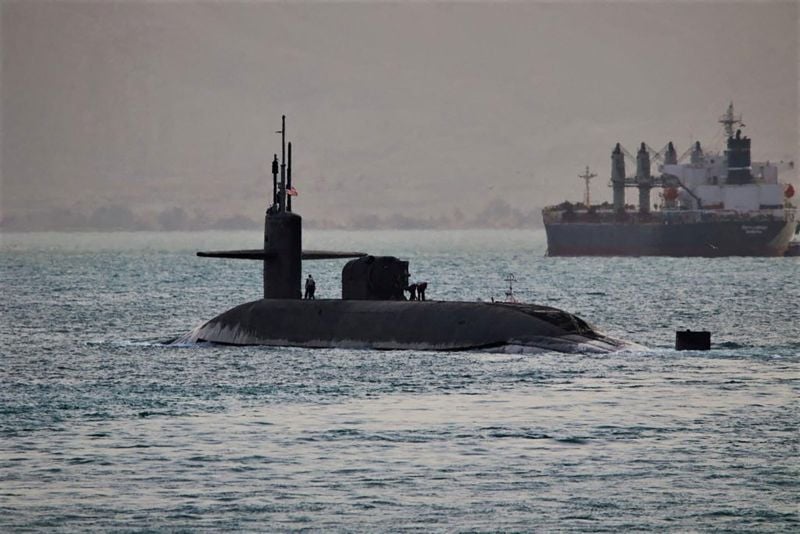
The guided-missile submarine USS Florida transits the Suez Canal in Egypt on April 7, 2023. Photo: US Naval Central Command
The USS Florida is one of four nuclear-powered guided missile submarines (SSGN) in the US Navy fleet.
According to the US Navy, the first version of the guided missile submarine USS Florida was an Ohio-class ballistic missile submarine carrying nuclear warheads, along with the USS Ohio, USS Michigan and USS Georgia. It was not until 2005 - 2007 that these ships were converted into guided missile submarines.
With its relatively large size and power, the USS Florida submarine can carry 154 Tomahawk cruise missiles, 50% more than US guided missile destroyers and nearly 4 times more than the US Navy's newest attack submarines.
"The SSGN can deliver a lot of firepower very quickly. 154 Tomahawk missiles can strike with precision. No US adversary can ignore this threat," said Carl Schuster, a former US Navy captain and director of operations at the US Pacific Command's Joint Intelligence Center, in 2021.
The importance of the USS Florida was demonstrated in March 2011, when it fired nearly 100 Tomahawk missiles at targets in Libya during Operation Odyssey Dawn. That attack marked the first time the SSGN was used in combat.
The USS Florida is powered by a nuclear reactor that provides steam to two turbines that drive the submarine's propellers. The Navy says the submarine has no range limitations. When submerged, the only limitation it faces is the crew's need to replenish its food supplies.
US Navy guided missile destroyer
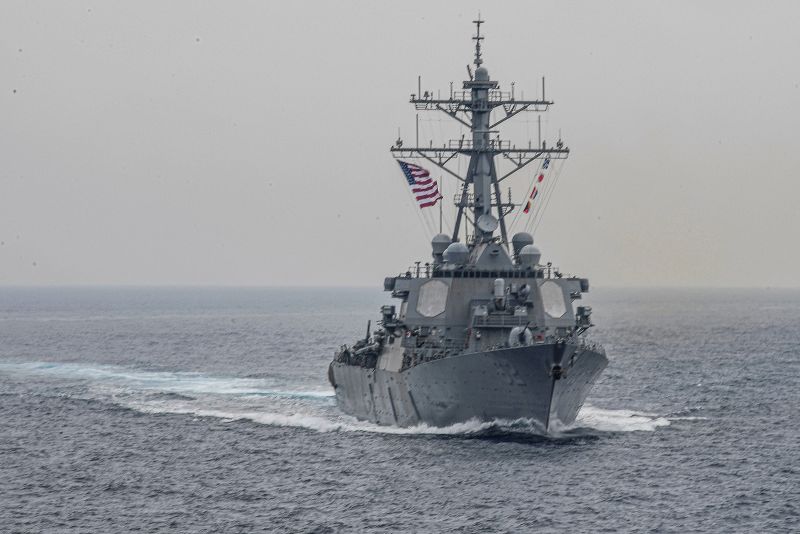
Arleigh Burke-class guided-missile destroyer USS Fitzgerald. Photo: US Navy
In addition to the guided-missile submarine USS Florida, US surface ships also launched Tomahawk missiles to attack Houthi forces, the Pentagon said.
The backbone of the US Navy’s surface fleet is the Arleigh Burke-class guided-missile destroyer, of which nearly 70 are in service. With a displacement (the weight of water displaced by a ship) of up to 9,700 tons, the Burke-class destroyers are capable of carrying a wide range of weapons, both defensive and offensive.
Additionally, the US surface fleet has destroyers that deploy Tomahawk cruise missiles using Vertical Launch Systems (VLS), with each destroyer having 90 to 96 VLS cells, depending on when it was built.
The Pentagon has not disclosed which specific destroyers were involved in the attack on Houthi forces in Yemen, but over the past two months, the US has deployed several warships in the Red Sea to protect commercial vessels from Houthi drone and missile attacks.
British Typhoon fighter jet
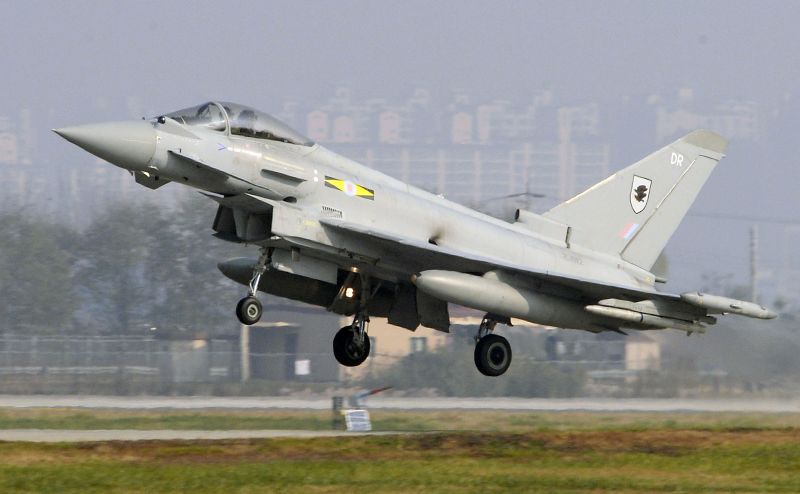
A Royal Air Force Typhoon fighter jet takes off from Osan Air Base, 70 km south of Seoul, on November 8, 2016. Photo: AP
The Typhoon fighter jet is considered the backbone of the British Air Force. These twin-engine jets are piloted by a single pilot. According to the Royal Air Force, they fly at speeds of up to Mach 1.8 (617.4 m/s) and as high as 16,700 km.
Developed by a consortium of defence companies to provide a multi-role fighter to several NATO countries, the Typhoons are powerful weapons platforms, capable of carrying a wide range of air-to-air and air-to-ground missiles as well as precision-guided bombs.
The British Ministry of Defense said four pilots involved in the attack on Houthi targets delivered Paveway IV munitions and bombs with warheads weighing around 227 kilograms.
The Paveway IV round has tail fins that guide it to the target based on the direction the weapon receives from laser marking or transmitted GPS coordinates.
The British Typhoons were supported by the Voyager aerial refuelling tanker, which allowed the jets to fly longer distances. The Ministry of Defence did not reveal where the aircraft took off from, but a video posted by Defence Secretary Grant Shapps shows a Typhoon taking off at night from a land-based runway.
Hoai Phuong (according to CNN)
Source



![[Photo] Binh Thuan organizes many special festivals on the occasion of April 30 and May 1](https://vphoto.vietnam.vn/thumb/1200x675/vietnam/resource/IMAGE/2025/5/1/5180af1d979642468ef6a3a9755d8d51)



![[Photo] Ha Giang: Many key projects under construction during the holiday season](https://vphoto.vietnam.vn/thumb/1200x675/vietnam/resource/IMAGE/2025/5/1/8b8d87a9bd9b4d279bf5c1f71c030dec)







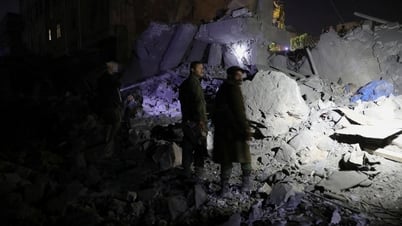

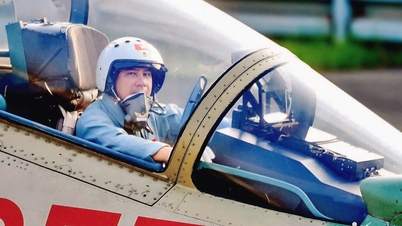













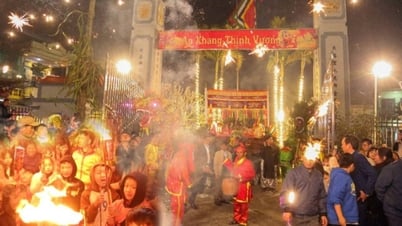
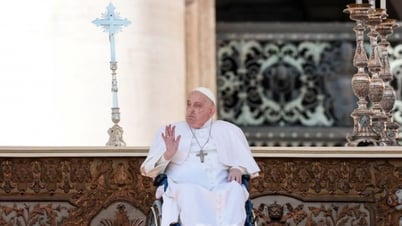
![[Photo] Feast your eyes on images of parades and marching groups seen from above](https://vphoto.vietnam.vn/thumb/1200x675/vietnam/resource/IMAGE/2025/4/30/3525302266124e69819126aa93c41092)











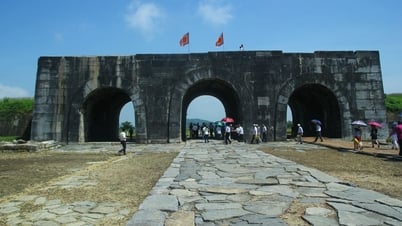


















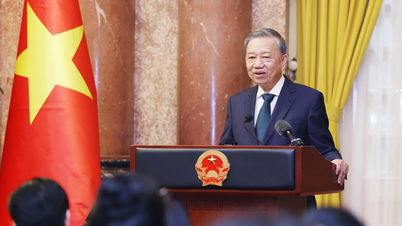
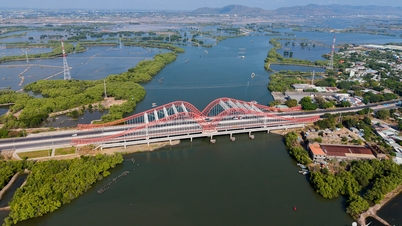



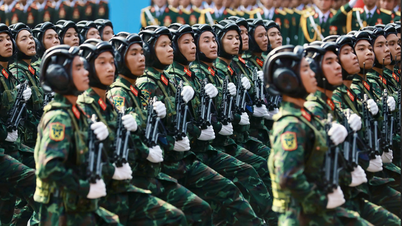
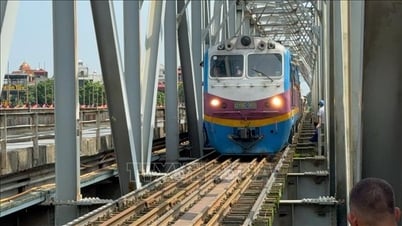












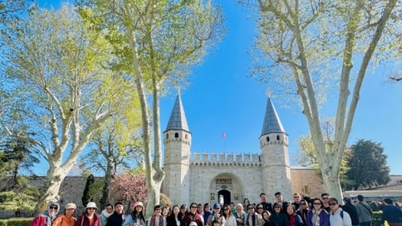



















Comment (0)